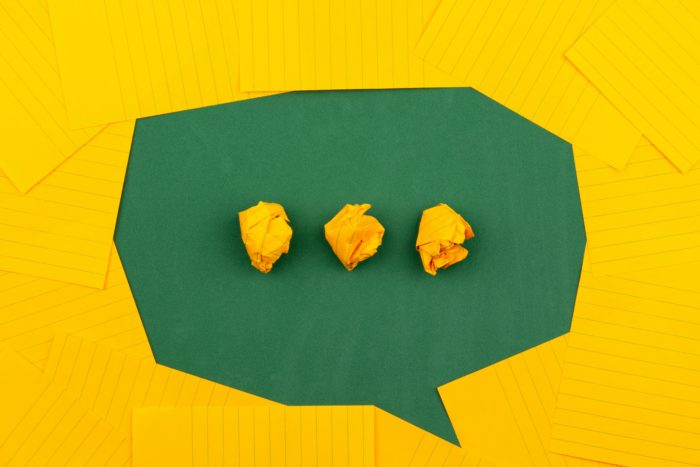Try Kanbanchi now
Start your free trial

Communication plays a vital role in our life. Through communication, we share information, knowledge, and experience. The same applies to teamwork communication. It contributes to healthy working relationships and effective collaboration.
Actually, collaboration and communication are inseparable concepts. It goes without saying that team effectiveness depends on the way its members speak to each other. Even if all the collaborators are professionals, it is simply impossible to hit a target without a preliminary workflow discussion. Without it, there are risks that someone doesn’t get the target right. Or even worse, several people do the same task.
Strong communicative skills ensure that team members are on the same page and interact effortlessly. Open to communication people are easy to get along with and subsequently discuss work details. Therefore, a supportive environment is built. It means that when questions or problems arise the team will quickly discuss them and start troubleshooting right away.
When team members send and receive correct messages, they perform proper actions. Additionally, skills help to spread best practices in the team meaning that people will learn from the experience of each other. Effective communication leads to fruitful cooperation.
On the contrary, poor communication leads to drawn-out solutions. As a result, the team is less productive. And we all know that time is money. This is why it is so important to build transparent communication within the team.
It is important to understand that team members may have different opinions and boundaries. So the rules should be acceptable for all of them. Start with the simple ones: polite communication, no offensive words or rumors. If you notice that some of the members don’t get along and have troubles, try to help them and reduce tension. Some situations need a collective response.
The way a person will communicate with the team often depends on how successful the onboarding is. Therefore, it’s essential to help newcomers to blend in by building bridges. For instance, supply the new player with all the necessary instructions and tools. Additionally, explain the rules the team has. Introduce the newcomer to the team. Ask the newcomer to describe themselves in a couple of sentences, e.g. age, experience, music preferences, hobby, and send this information to the team.
Not everyone is ready to give feedback as well as receive it. It’s great to have practice with this. Regular feedback sharing helps to avoid understatement and resolve problematic situations in time. Also, it is important to remember not to get too personal – you should discuss actions but not an individual.
Definitely, teamwork exercise is a necessary element of developing a corporate culture. Time together brings people closer and supports teamwork communication. Fun activities also serve as a sort of release which is necessary once in a while to avoid burnout.
Obviously, live communication is the best way of interaction. Unfortunately, it is not always possible to arrange a meeting. Especially, taking into account how many teams switched to the remote mode of work after 2020. So there are several tools that can be used for teamwork communication.
Chat e.g. Google chat is a quick way of communication. Great way to quickly discuss some points. By the way, you may always get back to the conversation, review the discussion, shared links and files. However, with this method of communication misunderstanding might appear. And the cause is intonation.
Calls and online meetings are more effective for some situations. For instance, you may use Google Meet. The intonation is clear. Additionally, eye contact is possible. This is why it is more preferable for long discussions. It is important to do a recording of the call or do a shorthand at least to have an opportunity to review the discussion later.
Kanbanchi as any project management tool is designed to create a transparent environment in a team. It can complement your usual ways of communication. Tasks and projects represented in cards can be configured with additional markers that help team members distinguish high-priority items. Thus teams create another type of communication through process visualization. Just a glance on a Kanbanchi board and team members understand who is doing what, when tasks should be accomplished and how much time they spend. As a result, the whole team works coherently.
The importance of teamwork communication should not be underestimated. The efforts spent on building bridges between team members will be surely paid off. And supplying your team with the right tools ensures that communicative skills are developed.
Also recommended: 5 Things You Must Know About Teamwork in Project Management
Start using Kanbanchi now
Start your free trial